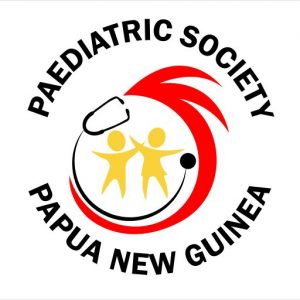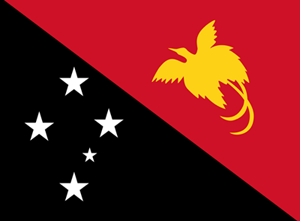April
Epilepsy
Epilepsy: new advances
Moshe SL, et al Lancet 2015; 385:884-98
- What is the operational definition of epilepsy?
- In some new classifications of epilepsy, “focal” seizures has been replaced by “partial” seizures, but what are the differences between focal and generalised seizures?
- Which commonly available antiepileptic drugs are more effective against focal or partial seizures, and which are more effective against generalised seizures?
- List 6 causes of structural or metabolic epilepsy
- What is the estimated prevalence of epilepsy in low-income countries?
- Is there an increased risk of mortality in young people with epilepsy, and to what extent?
- What is SUDEP? In which children with epilepsy is SUDEP more likely? What can health care workers and families to reduce the risk of SUDEP?
- What are the other causes of death in young people with epilepsy? What can be done to reduce these deaths?
- How can smart-phones help in the diagnosis of epilepsy?
- What percentage of children with epilepsy achieve seizure freedom with medical treatment?
- Valproic acid (or sodium valproate, or Epilim) is now increasingly used for certain types of epilepsy. Which type of epilepsy responds best to sodium valproate? What are some of the toxicities of sodium valproate, and how can they be monitored?
Epilepsy care challenges in developing countries
Kvalsund MP, et al. Current Opinion in Neurology 2012; 25:179-186
Kvalsund MP, et al. Current Opinion in Neurology 2012; 25:179-186
- Name 5 infectious pathogens that are associated with development of epilepsy
- Which commonly used antiepileptic drugs interact with anti-retroviral agents, and what is the mechanism?
Integrated care for childhood epilepsy
Bali A, et al. Arch Dis Child 2016; 101: 1057-1062
- Besides seizure freedom, what are the other important goals of treating children with epilepsy?
- What are the components of a model to improve epilepsy care? How could such principles they be applied in PNG?
September
Meningitis
Streptococcus pneumoniae and Haemophilus influenzae in paediatric meningitis patients at Goroka General Hospital: serotype distribution and antimicrobial susceptibility in the pre-vaccine era. Greenhill AR, et al BMC Infect Dis 2016; 15:485
- What population was studied?
- In what proportion of children with meningitis was a pathogen identified on CSF?
- How many serotypes of Streptococcus pneumoniae are included in the Pneumococcal Conjugate Vaccine, and how many serotypes exist?
- What proportion of pneumococcal isolates from CSF will be covered by the currently used PCV in PNG?
- What common serotypes are left out of the PCV that cause meningitis in PNG?
- What proportion of . Haemophilus influenzae during the 1996-2005 era were resistant to chloramphenicol?
- What proportion of S. pneumoniae isolates were resistant to penicillin?
VIRUSES CAUSING MODERATE AND SEVERE PNEUMONIA
Role of Human Metapneumovirus, Influenza A and Respiratory Syncytial Virus in causing WHO-defined severe pneumonia in children in a developing country
Asad Ali, et al. Public Library of Science (PLOS) 2013; 8:e74756
- What population was studied?
- How were respiratory viruses identified?
- What proportion of children with WHO-defined severe pneumonia (PNG classification of moderate or severe pneumonia) had respiratory viruses isolated?
- What were the proportions of children with severe pneumonia who had Human Metapneumovirus (HMPV), Influenza A and RSV
- What proportion of children with RSV had chest x-ray changes of pneumonia?
- What was the relationship of RSV and other viruses to weather and seasons?
- What are the limitations of this study, and what are the considerations in applying the study results in PNG?
- What are the implications for antibiotic prescribing?

